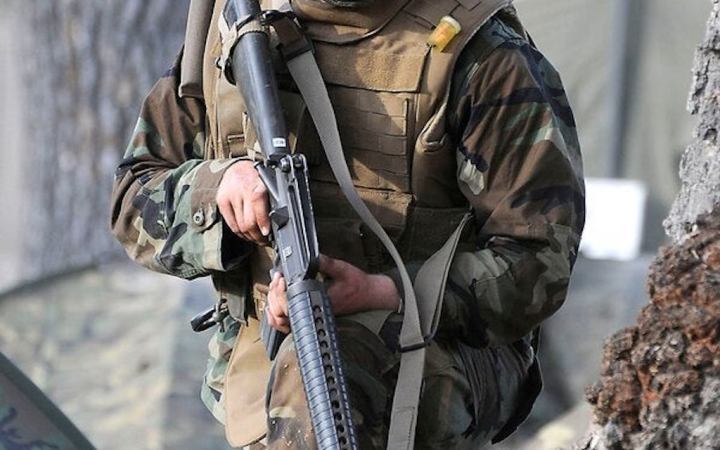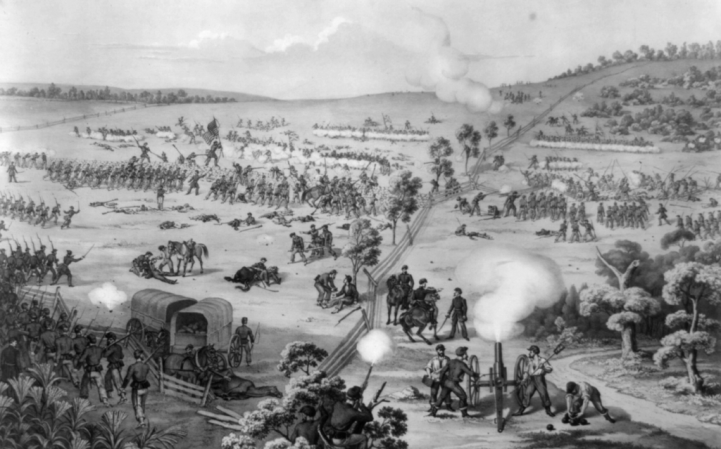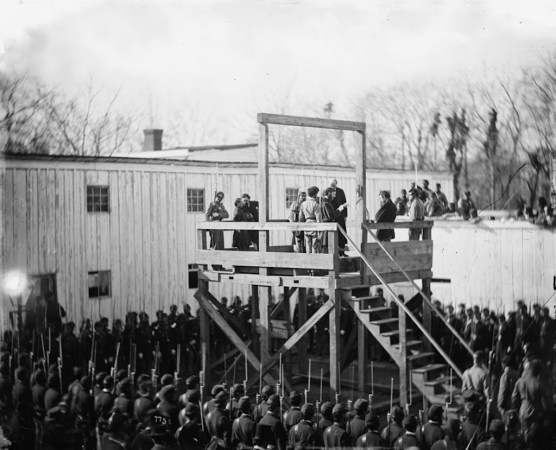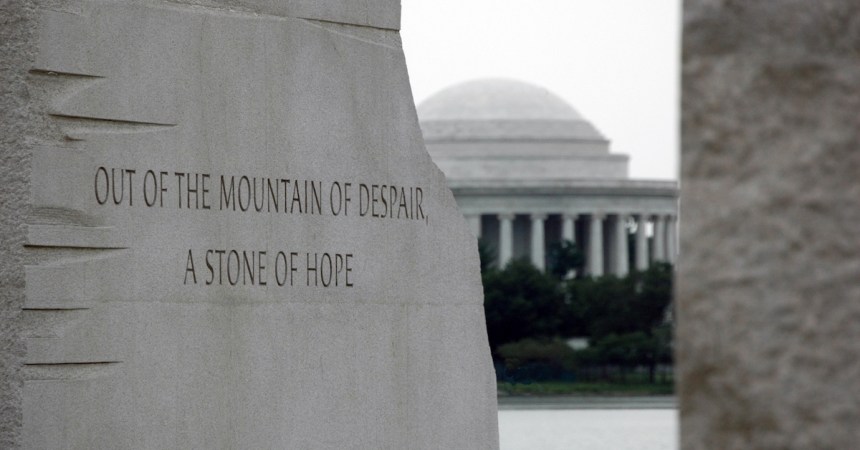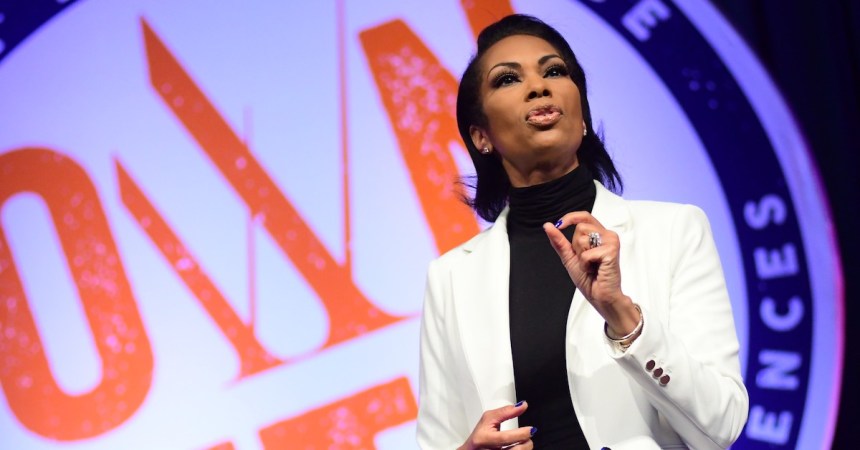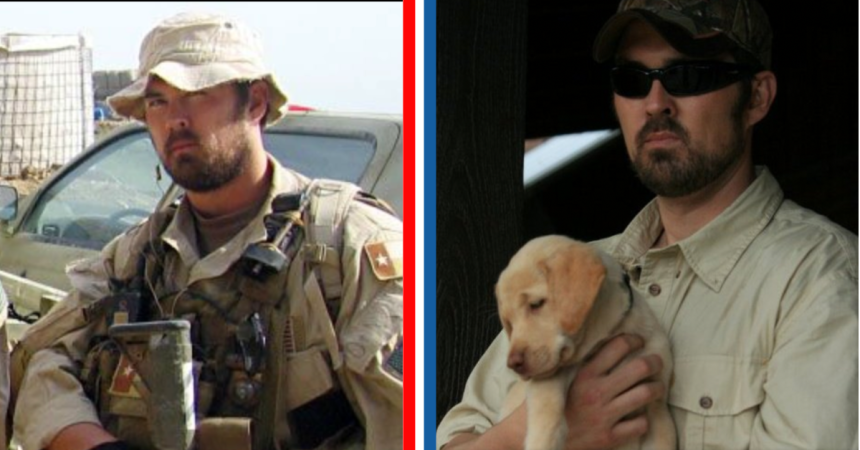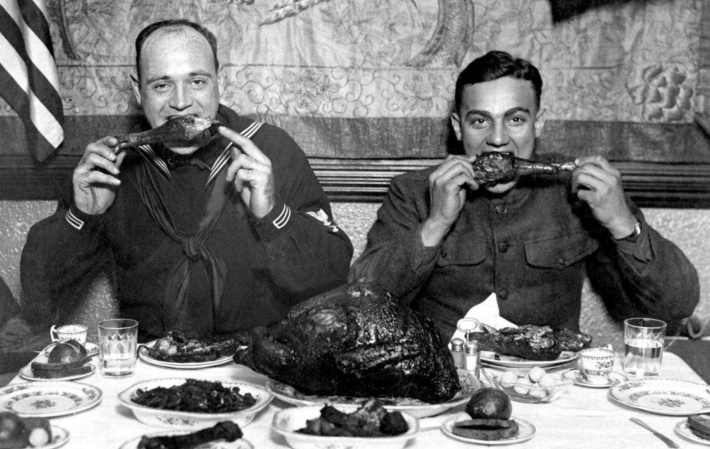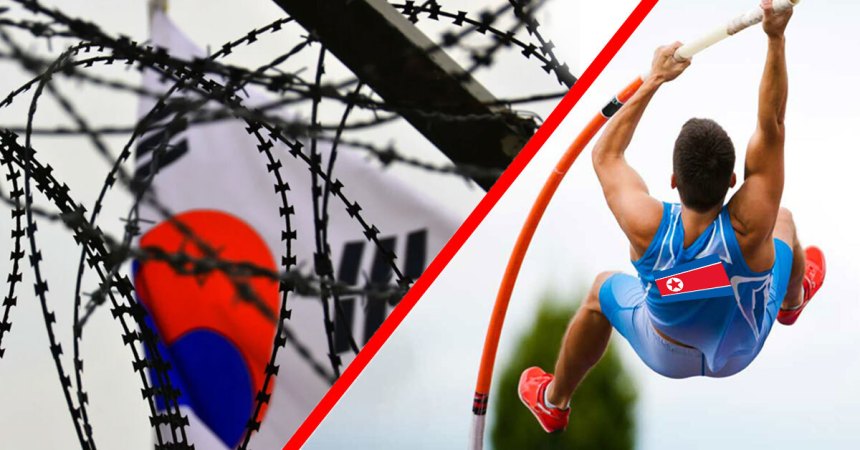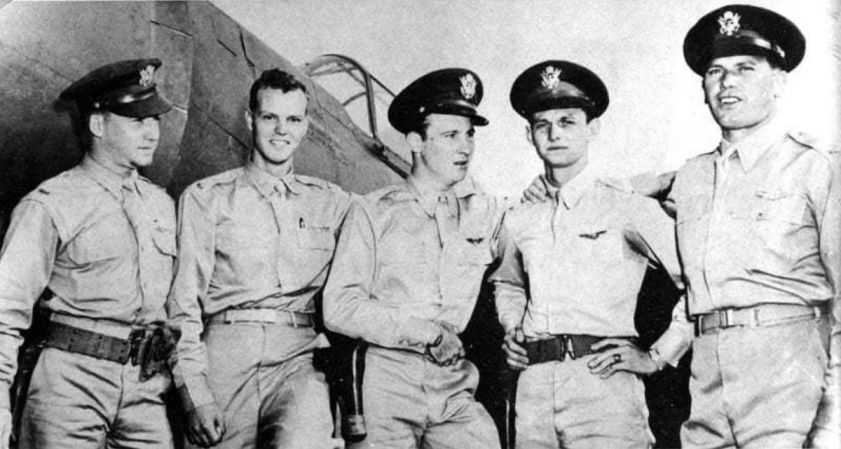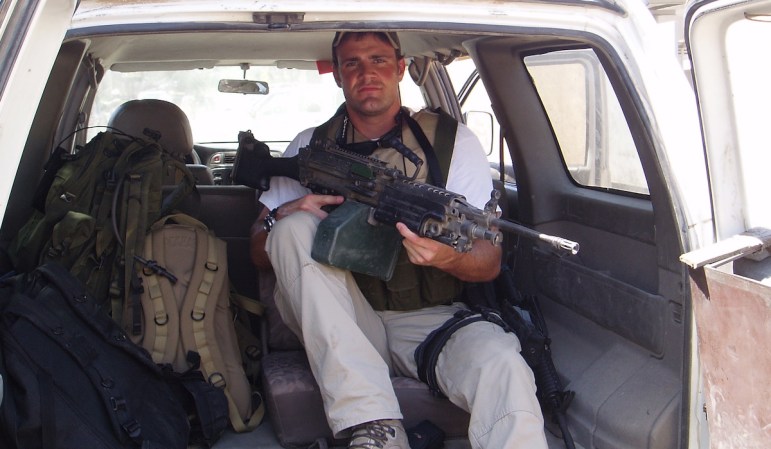In the U.S. Civil War, people on both sides of the conflict decided that their best contribution would come in the form of “irregular resistance,” rather than uniformed fighting, but Southerners joined the bands in larger numbers and provided a more material contribution to the war effort.
Here’s a quick primer on who these men were and how they fought.

Confederate cavalrymen raid union livestock in the west in 1864. Guerrilla forces could often conduct missions like this, but had to be sure and melt away before Union forces caught them.
(A.R. Waud, Harper’s Weekly)
First, we have to define exactly who we’re talking about: the guerrillas and gangs who took up arms to uphold the Confederacy and its values, not the criminal gangs and bands of deserters who used weapons to fight off the law. While these groups overlapped at times, we’re going to ignore (for now) those who did not provide material support to the secession.
But that still leaves a large number of people and groups, some with famous names, like Mosby’s Rangers, McNeill’s Rangers, and William C. Quantrill.
Guerrilla operations varied state to state and battle to battle, but usually combined elements of screening, spying, and sabotage.
Remember, these were typically disorganized bands of men, often with even less formality than a state or local militia. They knew they had little chance in a knockdown fight with trained Union companies, so they didn’t fight that way. Instead, they would attack targets of opportunity and melt away.
This was useful for Confederate leaders at times. For instance, John McNeill and his rangers would sometimes screen Confederate troop movements. Basically, McNeill would position his force at the edge of where Confederate troops were marching or conducting river crossings, interrupting Union columns drawing close to the southerners and giving them a chance to form proper defensive lines.
But, they wouldn’t stay for the full fight. They’d melt away into the trees after a few shots, forcing the Union troops to either break up and give chase or re-form to face regular Confederate troops.

John S. Mosby and his men were a terror for Union forces, but they generally fought well within the rules.
(Library of Congress)
But, even better, the guerrillas could move in areas where the Union held control and either nip at the federal underbelly or spy on them and report back. This was the mission where John Mosby and his men made their mark. They were known for hit-and-run fighting, inflicting casualties on Union forces and then riding away before the enemy could form up.
At times, they would steal supplies or even capture buildings and infrastructure for a short time, often disabling bridges and railways that were crucial to federal supply.
Mosby even once captured the general sent to hunt him down, reportedly waking the general in his bed with a slap on the back.

In August, 1863, at Lawrence, Kansas, Quantrill’s Raiders attacked and destroyed the city because of its support of abolition policies and pro-Union sentiments.
(Harper’s Weekly)
So, why did the Confederacy see so many more guerrillas join their ranks than the Union? Well, the biggest reason was likely that most irregular forces fought locally, where their networks of friends and supporters could hide and supply them.
Union gangs fighting locally would’ve only happened when Confederate troops crossed the border north, something that was fairly rare during the war.
Also, the Union had a much larger training apparatus and the ability to equip more men, making it less necessary for their supporters to find unconventional ways of fighting. And the North didn’t have such a strong tradition of frontiersmanship, meaning that much of the population was less suited for roughing it deep in the woods and swamps.

Guerrilla leader Capt. William C. Quantrill was reportedly a brutal murderer who sometimes targeted Confederate sympathizers.
(PBS)
Of course, there were exceptions to this. Some Northerners, especially those living in the west, were quite handy with horses and would’ve been fine as guerrilla fighters. Some even did fight as pro-Union guerrillas, mostly in border states, often clashing with Confederate guerrillas.
So, how did this all pan out for the South? Well, of course, they lost the war. And there’s an argument to be made that they lost partially because of the support of guerrilla forces rather than despite it.
While forces like Mosby’s and McNeill’s made measurable, concrete contributions to the war, most were little more than violent gangs. William C. Quantrill was reportedly an animal abuser in his youth, and was a bloody murderer as a guerrilla for the South.

“A Rebel Guerrilla Raid In A Western Town” (1862)
(Thomas Nast)
He and his men committed massacres of Union troops but also of men and boys that they suspected of being Union sympathizers. They and other groups stole supplies from farms, tore down fences, and burned homesteads whenever they felt like doing so.
And they allegedly felt that way often. Combine the actions of these guerrillas and those of deserter bands and gangs of pro-Union southerners, and state governments often found that they needed armies at home just to instill law and order, limiting the forces they could send to the front. In some cases, formerly pro-secession Confederate citizens welcomed their nation’s surrender simply because they wanted a return to normalcy.
So, while the efforts of men like Jesse James and Jack Hinson stirred Confederate spirits, the actions of their contemporaries undermined the national effort and galvanized Union support for the war, arguably contributing to the South’s destruction.



